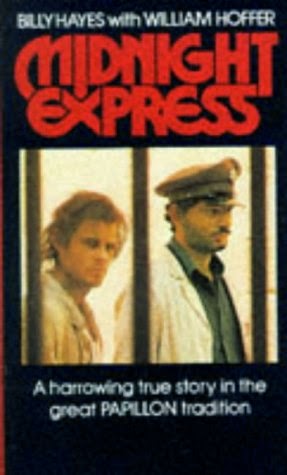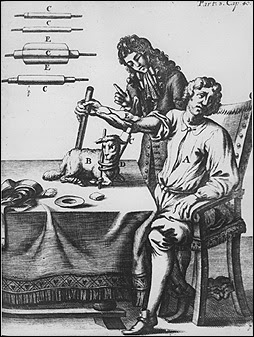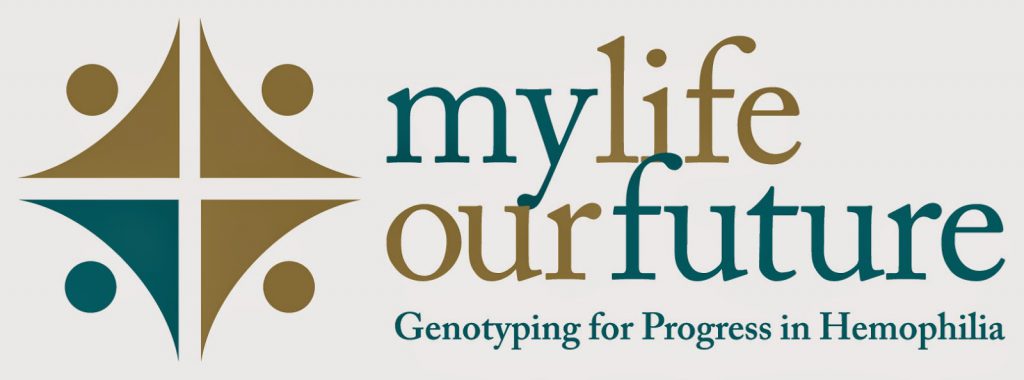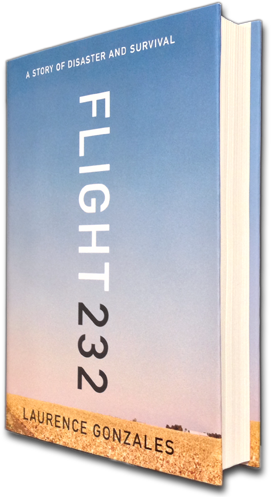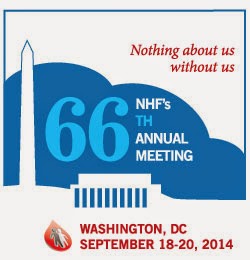Austin, Texas was the location of our third Pulse on the Road in 2014. Temperatures spiking 100° didn’t stop a huge turnout for the Texas
Bleeding Disorders Conference, co-hosted by the Lone Star Chapter of NHF and the Texas Central Chapter of NHF. Melissa Compton, mother extraordinaire of a child with hemophilia (and a compassionate supporter of Save One Life) emceed the event and introduced our team on Sunday morning at 8 am sharp, following a delicious buffet breakfast. About 400 people attended the two-hour session, one of our highest numbers yet!
I changed up the presentations a bit and first delved into why did the Affordable Care Act (ACA) come to be? With a few stats, I showed that skyrocketing medical costs, particularly in specialty drugs (which factor is), was straining the state budgets; it was only a matter of time before private insurers caught on. Looking to cut costs, insurers turned to increasing prior authorizations, formularies, decreasing choice of factor
provider, and more.
After setting that stage, Tom Larmondra of Baxter Healthcare reviewed the ACA, particularly the benefits to those with bleeding disorders. He reviewed the fine print, exclusions, and most important, the Marketplace: what is it, how does it work, and how to use it.
Back to me: I next reviewed the importance of choosing a healthcare plan, as many people may need to go on line to choose one. Comparing it to car insurance, which we are all more familiar with, we reviewed costs versus benefits, and in particular which costs to watch out for.
The goal? Learning the main things to consider when you compare healthcare plans so you do not underestimate your healthcare annual budget. We want you to save your hard earned income!
Last, we welcomed Michelle Rice, Vice president, Public Policy and Stakeholder Relations, National Hemophilia Foundation and Marla Feinstein, Policy Analyst, NHF. Their topic, Appeals and Grievances—Making Your Case, covered what to do when insurers reject your claims. Using the fun and sophisticated ARS devices, audience members cast their votes for the correct answers to a series of educational questions, while tunes played in the background (Ghostbusters?).
The event scored rave reviews from the looks of the 60+ evaluations turned in. Our thanks to Baxter Healthcare, for providing the funding for all the Pulse on the Roads, now in our 5th year!
We’re done for the year but look forward to visiting you and bringing up to date information about insurance reform to your state!
Please check www.kelleycom.com by December to see where we will be in 2015!
Great Book I Just Read
Midnight Express [Kindle]
Billy Hayes &
William Hoffer
Much more than a survival book, it’s
the true story about an American enduring a harsh and dehumanizing imprisonment
in a Turkish jail in the 1970s. A gripping, unforgiving and frightening tale,
Hayes is incarcerated while trying to smuggle hash out of Turkey. Hayes ensured
five years of mind and physical torture, a labyrinth court system, watching the
anguish of his parents as he deteriorates and becomes a shadow of himself, until
his incredible escape. Hayes accepts that he broke the law and deserved
punishment, but it highlights the brutality apparent in the penal systems of
other countries, and the injustice of completing his initial sentence and
having the system overturn it and be given life. His portrayal of life in
prison is sobering and sad; his adjustment to the microsociety inside the
prison walls is fascinating. The excellent 1978 Oliver Stone movie follows the book for the
most part, but ends quite differently. Four/five stars.

